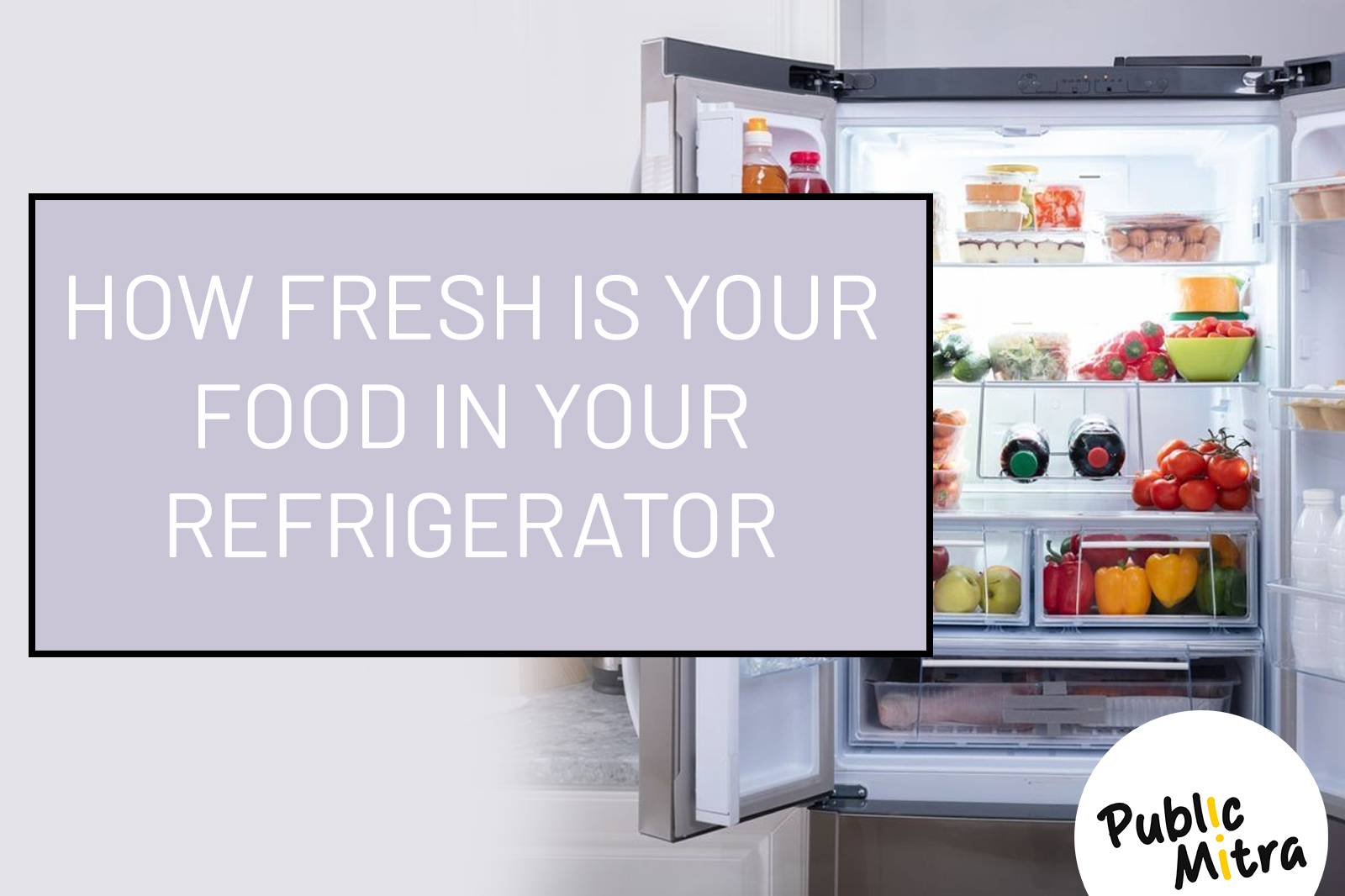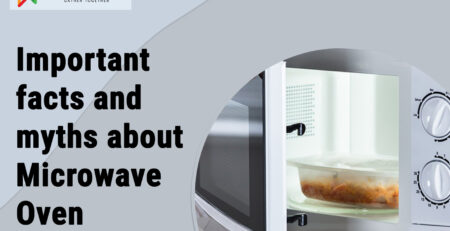Tips And Tricks For Keeping Food Fresh For Longer In The Fridge
We all strive to make the most of our grocery shopping and reduce food waste. One of the key ways to achieve this is by ensuring that the food in your fridge stays fresh for as long as possible. In this blog post, we will explore some effective tips and tricks to help you maximize the shelf life of your food and minimize waste.
1. Proper Temperature maintenance – The recommended refrigerator temperature is 3°C to 5°C (37.4°F to 41°F), striking a balance between inhibiting bacterial growth and preserving food freshness, reducing the risk of foodborne illnesses. The freezer maintains -18°C to -23°C (-0.4°F to -9.4°F) to keep frozen foods solid and prevent bacterial growth. The refrigerator compartment operates at slightly higher temperatures to keep perishable foods fresh.
2. Organize your fridge – Efficient refrigerator organization, considering temperature zones and specific storage requirements, significantly affects food longevity. Understanding that upper shelves are slightly warmer than lower shelves is key. Avoid placing perishables like milk and eggs in the door where temperature fluctuations can compromise their freshness and safety.
3. Use Airtight containers – Airtight containers are your best friends in the battle against food spoilage. They help maintain the freshness of food by sealing out air, which can cause food to deteriorate more quickly. Use them for leftovers, chopped vegetables, or any items prone to drying out or absorbing odors.
4. Separate Fruits and Vegetables – To preserve your produce, separate ethylene-producing items like apples and avocados from ethylene-sensitive ones like lettuce and berries to prevent premature ripening and decay. Additionally, utilize your fridge’s humidity settings, keeping high humidity for leafy greens and low humidity for berries, ensuring optimal storage conditions for each type of produce.
5. Prevent Cross-Contamination – Avoid cross-contamination by storing raw meat and seafood in separate containers or on the lowest shelf to prevent any drips from contaminating other foods. Place them in leak-proof containers or seal them tightly to maintain their freshness and prevent any odor transfer.
6. Do Not Mix Drawer Items of Vegetables and Meat – When you have vegetable and meat drawers in your refrigerator, it is essential not to mix their contents. While both drawers may seem similar in function, they operate at different temperatures, with one being cooler and the other designed to reduce humidity. Combining items from both drawers can result in odor mixing, which may lead to food spoilage and the need to discard them.
7. Avoid Over-Crowding – Overloading your fridge can disrupt the circulation of cold air, leading to uneven cooling and potential hot spots. Ensure proper airflow by not overpacking your fridge. This will help maintain a consistent temperature throughout.
8. Regular Cleaning – Regularly clean your fridge to remove lingering odors, spills, and crumbs that can affect the freshness of your food. Check for expired items and remove them promptly to make room for fresh groceries.
Keeping food fresh for longer in your fridge is not only a money-saving strategy but also a way to reduce food waste and promote sustainability. By following these tips and incorporating good habits, you can significantly extend the life of your groceries, enjoy fresher meals, and contribute to a healthier planet. So, the next time you stock your fridge, remember these strategies to make your food last longer and your meals more delicious.












